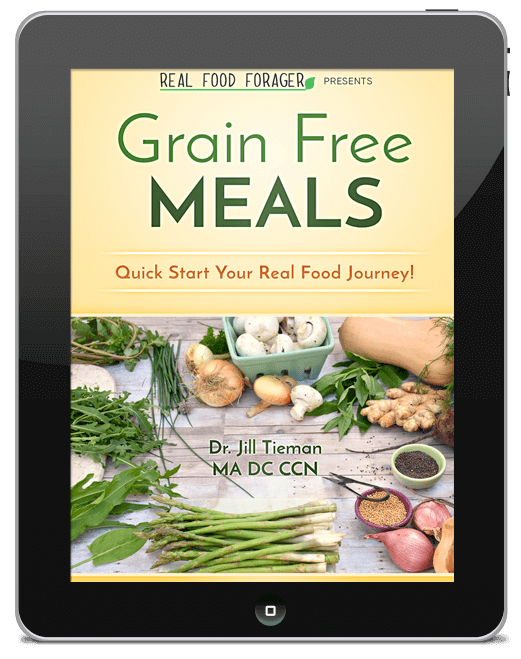What else would you do with bok choy but make it into an Asian style dish? Bok choy is one of the vegetables that is grown by my CSA farmer and I get plenty of it in early summer. I really like the baby bok choy because it seems to be sweeter. Here is a quick and easy side that complements any meat, fish or chicken dish and is full of vitamins and minerals.
Chinese Cabbage
Bok choy is also known as Chinese cabbage and is very similar to a variant cultivated in Zhejiang around the 14th century. During the following centuries, it became popular in northern China. It was introduced to Korea, where it became the staple vegetable for making kimchi. In the early 20th century, it was taken to Japan by returning soldiers who had fought in China during the Russo-Japanese War. Chinese cabbage is now commonly found in markets all over the world.
Two Varieties
There are actually two very distinct varieties of Chinese cabbage: Brassica rapa, with subspecies pekinensis and chinensis. These vegetables are both related to the Western cabbage, and are of the same species as the common turnip. Both have many variations in name, spelling and scientific classification–especially the bok choy or chinensis variety.
Also called Pekinensis cabbages, this variety has broad green leaves with white petioles, tightly wrapped in a cylindrical formation and usually forming a compact head. This is commonly known as Chinese cabbage.
Chinensis varieties do not form heads; instead, they have smooth, dark green leaf blades forming a cluster reminiscent of mustard or celery. This is bok choy as we know it. Chinensis varieties are popular in southern China and Southeast Asia. Being winter-hardy, they are increasingly grown in Northern Europe.
Nutrition Facts
Bok choy is a good source of dietary fiber, thiamin, riboflavin, niacin, magnesium and phosphorus, and a very good source of Vitamin A (I think this is probably beta carotene), Vitamin C, Vitamin K, Vitamin B6, folate, calcium, iron, potassium and manganese.
Additionally, the omega 3 to 6 ratio is very good — almost 1:1. As this vegetable is rich with minerals, it should always be eaten with a little butter or ghee added in to the oils as butter fat contains the fat soluble mineral activators and will ensure that the minerals will be absorbed.
As a member of the brassica family, bok choy should always be cooked, especially if you have thyroid issues, due to the goitrogens inherent to this family of vegetables.
Ingredients
Instructions

Inspire Your Real Food Healing Journey with my FREE Grain-Free Meals e-Cookbook and Getting Started email series!